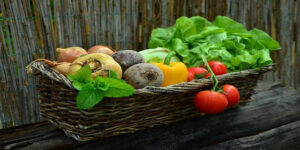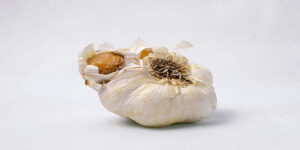Which Industry Contributes Most to Food Pollution: The major contributors to food pollution or contamination with their examples are:
-
Lead Industry
The production of lead-acid batteries accounts for nearly 85% of the world’s overall lead consumption. Lead recycling in many countries is a major cause of air waste and human exposure.
Example: Battery breakup releases fragments of plum and oxide emissions as a by-product which ultimately damages the food quality and quantity.
-
Mining or Ore Processing
Mining, whether for major industrial mining or small-scale craft mining, remains a risky practice.
Example: Mining is a global contributor to flooding, sinkholes, degradation, habitat losses. significant water use, dammed water and water bodies, wastewater treatment problems, land, soil and surface water runoff, all of which can contribute to food degradation and ultimately local population’s health problems.
-
Tanneries
The tanneries industry has a high propensity to cause soil and water pollution as a result of untreated effluent dumping as a primary pollutant of the environment.
Example: Vegetables are the other environmental elements susceptible to heavy metals and manufacturing effluents, due to which some cities are deprived of vegetable production.
-
Small Gold Mining
This type of mining results in land/water contamination with mercury.
Example: Mercury contamination from small-scale mining process results in land degradation which ultimately results in vegetable pollution and other food item contamination.
-
Industrial Dumpsites
Negative impacts of improper industrial wastes lead to food contamination.
Example: Heavy metals and other dangerous components from the industrial wastes degrade the land quality and ultimately the food quality and quantity.
-
Food Manufacturing Industry
Food processing, after metal extraction, electrical utility, chemical production, basic metals, and paper manufacturing, is the sixth highest contributor of TRI releases.
Example: The food processing process releases harmful chemicals, which are emitted in different forms by industries into the atmosphere and causes food contamination.
-
Chemical Industry
The chemical industry is the main contributor to land pollution and ultimately the food pollution.
Example: Lead, chromium and mercury are the most dangerous chemicals that release from the chemical industry and degrades the food quality.
-
Product Manufacturing Industry
The manufacturing industry has a different detrimental effect on the climate.
Example: By-products of the product manufacturing industry can contribute to contamination of our natural resources, directly coal, liquid and solid waste are produced.
-
Dye Industry
The textile dyes greatly weaken water bodies’ esthetic efficiency, increase the need for biochemical and chemical oxygen (BOD and COD), destroys photosynthesis and impede the growth of plants.
Example: These above-mentioned effects directly the food chain, provide recalcitration and bioaccumulation and can encourage toxicity, mutagenicity and cancers.
-
Lead Smelting
Lead particles and the product’s releases from lead industries are really injurious to agricultural production.
Example: Exposure of the lead-containing components, unregulated cosmetics and medicine to the soil or water directly affects food production both in the form of quality and quantity.
Which Industry Contributes Most to Food Pollution
Image by Peter H from Pixabay





